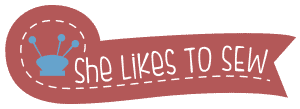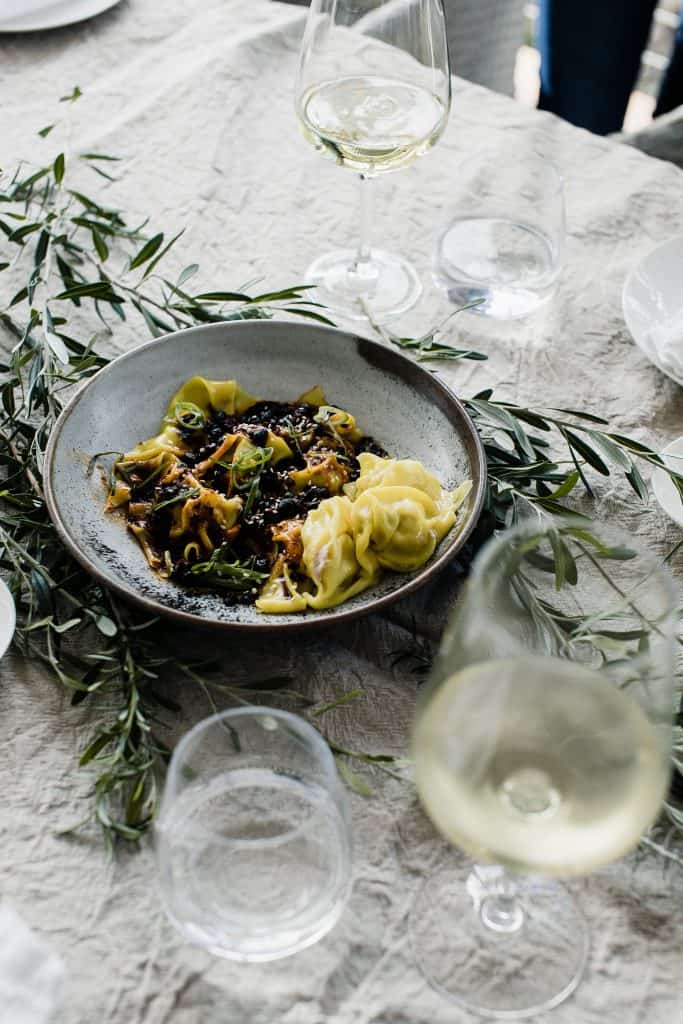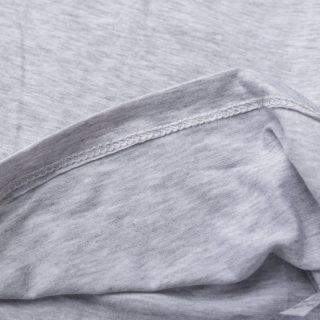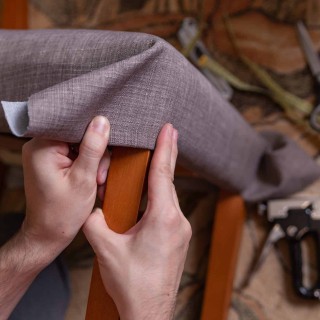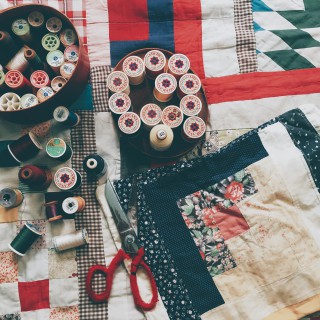Dressing up your dining room table is a wonderful way to add color and texture to your dining area. Although there are plenty of beautiful mass-produced tablecloths on the market, sewing one yourself gives you the chance to use your favorite fabric and create the perfect fit for your table regardless of its shape. Whether you want to make your own tablecloth for formal occasions or sew one up for intimate family dinners, this step-by-step guide will help you learn the process quickly.
Step #1: Gather Your Supplies
To be able to complete this home decor sewing project successfully, you’ll need a functioning sewing machine, a measuring tape, pins, scissors, and an iron and ironing board set. You’ll obviously need a fabric and a matching thread, too, but you can get these after you make the necessary calculations.
Step #2: Pick a Fabric
One of the many advantages of sewing your own tablecloth is the freedom to choose the fabric type you’ll use. Cotton, linen, oilcloth, and polyester blends are some of the most popular options, but feel free to go with another fabric if you think it’ll tie your dining room together nicely. Don’t forget to take into account the frequency of use of your tablecloth, though. Everyday use calls for durable and washable materials like cotton and cotton/polyester blends (the latter are often treated to resist wrinkles).
When it comes to fabric design, you can opt for a playful pattern if you want to breathe new life into your dining room, or go with a subtle one if you want to keep things simple and elegant. The same goes for colors, too.
Step #3: Measure Your Table
Once you decide on a fabric type and design, you should measure the top of your table using a measuring tape. To avoid making mistakes or having to repeat this step, I suggest drawing a simple diagram.
If your table is square or rectangle, you need to measure its length and width. Those of you who own a round table need to measure from one side to the other going across the table’s center or, in other words, measure the diameter. Oval tables are measured from the one longest side to the other longest side going across their center.
Step #4: Choose a Drop Length and Hem Type
The next thing you need to do is choose a drop length for your tablecloth. In case you’re not sure what this means, the drop length is the amount of fabric that extends or ‘drops’ off from the edges of the table towards the floor.
Generally speaking, there are three drop lengths: short, mid-length, and floor-length. Short drop lengths range from 8 to 12 inches and are ideal for everyday use as they make sitting at the table easier and more comfortable. They also create a casual, informal atmosphere.
Mid-length tablecloths range from 16 to 24 inches and are suitable for semi-formal occasions, like kids’ birthday parties and small family gatherings.
Finally, full-length tablecloths (ranging between 28 and 29 inches) are considered to be ultra-formal. If you want to dress up a table that nobody will sit at, this is the perfect drop length for your sewing project.
Please bear in mind that you don’t have to follow these guidelines. You can decide exactly how far you want the tablecloth to hang by taking measurements from the table’s edge.
In addition to drop length, you should also determine the hem width. Basic hems typically add 1 inch of fabric to each side of the table. This works best for square and rectangle tables. Tablecloths for round tables, on the other hand, are usually made with a narrower hem.
Step #5: Calculate Fabric Yardage
To calculate the amount of fabric yardage you need to purchase to sew your own tablecloth, add the drop length and hem width to the diagram you’ve previously drawn. Don’t forget that there will be a drop and a hem on each side of the table.
Start with your table’s length plus the added drop lengths and hem widths for both sides of the table. Divide the total by 36 (1 yard equals 36 inches) to see how many yards of the material you’ve chosen you’ll need.
The total width is a sum of the width of your table, the drop lengths, and the hems. If this number is smaller than 44 inches, the amount you calculated from the length will be enough for your tablecloth. If the sum is greater than 44 inches, you’ll have to double the fabric yardage you just calculated from the length to complete your sewing project successfully.
Step #6: Cut the Fabric
Now that the dull part of the project is behind you (who likes measurements and calculations, right?), you can get a nice pair of sharp scissors and start cutting the fabric. If your table is square or rectangle, cut the total length and width of the fabric (length/width + drops + hems).
Things get a bit more difficult if you own a round table. First, you need to fold the material in half and mark the center of the fold. Then, you need to make a semicircle with the help of a string or flexible tape measure and cut the fabric.
If you own an oval dining room table, placing a dinner plate on every corner of the material will help you create rounded corners. The cutting instructions regarding the length and width are the same as the ones for rectangular and square tables.
Step #7: Hem and Finish the Tablecloth
Once you cut the fabric of your choice to the calculated dimensions, all you have left to do is sew the hem. There are plenty of hem types to choose from, but the most commonly used one is the ½-inch double-rolled hem because it creates a neat, finished hemline.
What exactly do you need to do here? First, fold the material’s edges half an inch under (to the wrong side of the tablecloth) and carefully iron them. Then, fold the edges under by half an inch again, press them over with an iron so they are completely encased, and pin the hem. Sew the hem down with a corresponding thread and a ¼-inch seam allowance after you remove the pins. Form hems on both the long and the short edges.
If you’re sewing a circular tablecloth, you’ll need to sew narrow round hems with the help of your sewing machine. There are a few different methods to sew circular hems, but the easiest one is the following:
- Make a straight ¼-inch stitch around the circular hem from the raw edge;
- Follow the stitch to see where to fold the hem up by ¼ inch;
- Press the hem up again by ¼ inch;
- Pin and sew along the upper rolled edge.
Finally, iron the entire tablecloth and dress up your table. That’s pretty much it!
Final Words
This may seem like a lot of work for a simple home decor item, but it’s 100% worth it. Once you master all the steps mentioned above, you’ll be able to sew tablecloths for many different occasions and even start selling some online or at the local farmer’s market. Feel free to follow the same instructions if you want to make a tablecloth for your coffee table, picnic table, or any other flat surface you want to revamp.
